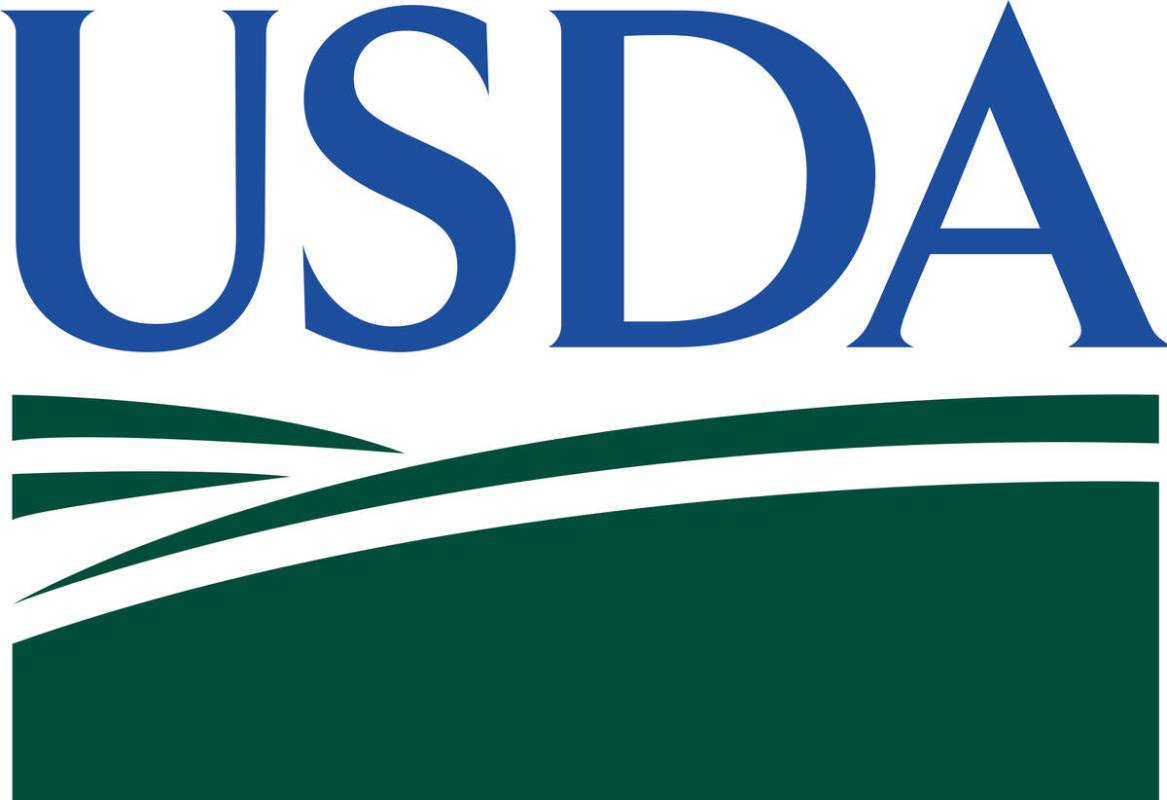
As the COVID-19 pandemic response continues, the U.S. Department of Agriculture and the U.S. Food and Drug Administration have been working around the clock on many fronts to support the food and agriculture sector so that Americans continue to have access to a safe and robust food supply.
The USDA and FDA in May announced a Memorandum of Understanding to help prevent interruptions at FDA-regulated food facilities, including fruit and vegetable processing.
This is an important preparedness effort as we are approaching peak harvesting seasons, when many fruits and vegetables grown across the U.S. are sent to be frozen or canned. The MOU creates a process for the two agencies to make determinations about circumstances in which the USDA could exercise its authority under the Defense Production Act with regard to certain domestic food resource facilities that manufacture, process, pack or hold foods, as well as to those that grow or harvest food that fall within the FDA’s jurisdiction.
While the FDA will continue to work with state and local regulators in a collaborative manner, further action under the DPA might be taken, should it be needed, to ensure the continuity of our food supply. As needed, the FDA will work in consultation with state, local, tribal and territorial regulatory and public health partners; industry or commodity sectors; and other relevant stakeholders to chart a path toward resuming and/or maintaining operations while keeping employees safe.
“We are extremely grateful to essential workers for everything they do every day to keep our pantries, refrigerators and freezers stocked,” USDA Under Secretary for Food Safety Mindy Brashears and FDA Deputy Commissioner for Food Policy and Response Frank Yiannas said in a statement.
“All of the food and agriculture sector — whether it is regulated by the USDA or FDA — are considered critical infrastructure, and it is vital for the public health that they continue to operate in accordance with guidelines from the CDC and OSHA regarding worker health and safety.
“As we work to get through the current challenge together, we remain committed to workers’ safety, as well as ensuring the availability of foods, and that our food remains among the safest in the world.”